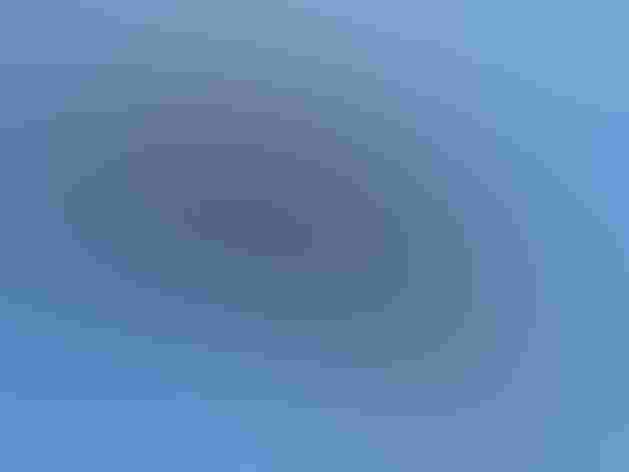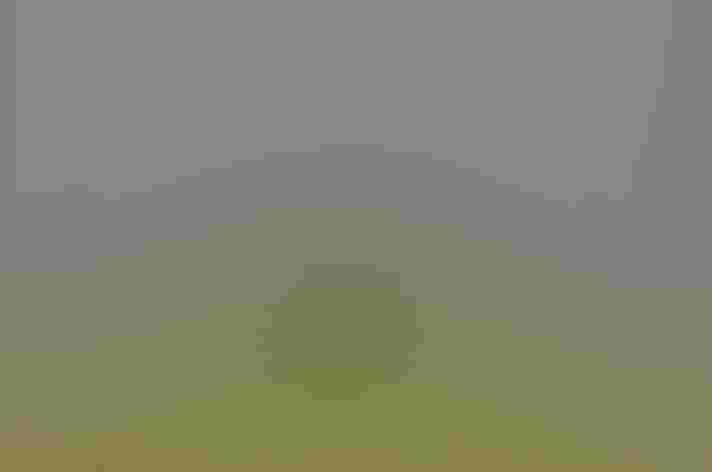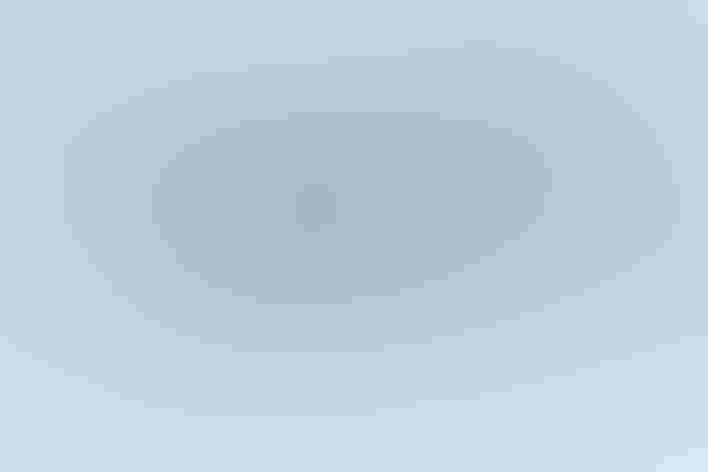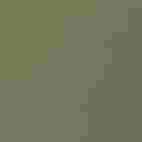Great Skua
At a Glance
A big, broad-shouldered, predatory seabird of the North Atlantic. Usually solitary at sea, although concentrations may occur where food is abundant. Breeds mainly in Iceland and on islands north of Great Britain; in North America, it is very seldom seen from shore, although it may be common far offshore during the winter. Closely related forms are common in the Southern Hemisphere, mostly in subantarctic regions.
All bird guide text and rangemaps adapted from Lives of North American Birds by Kenn Kaufman© 1996, used by permission of Houghton Mifflin Harcourt Publishing Company. All rights reserved.
Category
Gull-like Birds
IUCN Status
Least Concern
Habitat
Open Ocean
Region
Eastern Canada, Mid Atlantic, New England, Southeast
Behavior
Direct Flight, Swimming
Population
32.000
Range & Identification
Migration & Range Maps
Disperses widely at sea, south to West Africa and Brazil. In North American waters, most common off eastern Canada and New England from October through February. A few non-breeding Great Skuas may be present off North America at any time of year.
Description
Both sexes — Length: 21–23 in (53–58 cm); wingspan: 4 ft 4 in–4 ft 7 in (1.3–1.4 m); weight: 2 lb 7 oz–3 lb 12 oz (1.1–1.7 kg). The Great Skua is bulky and powerful, with wide wings and a thick neck. Dark brown with white wing flash. Very much like South Polar Skua, but the head and body are typically all dark, with heavy pale stripes.
Size
About the size of a Heron, About the size of a Mallard or Herring Gull
Color
Black, Brown, Gray, Red, White
Wing Shape
Broad, Tapered
Tail Shape
Rounded, Short, Square-tipped, Wedge-shaped
Songs and Calls
A harsh hah-hah-hah-hah; various quacking and croaking notes.
Call Type
Croak/Quack, Scream
Habitat
Open ocean. Except during breeding season, usually far offshore, out of sight of land. With wide range at sea, occurs over cold and warm waters, from subarctic to equatorial regions. Nests mainly on treeless northern islands with low vegetation, close to colonies of other seabirds.
Sign up for Audubon's newsletter to learn more about birds like the Great Skua
Behavior
Eggs
2, rarely one. Brownish to olive or pale blue, usually with dark brown spots around larger end. Incubation is by both sexes, 26-32 days.
Young
May leave nest shortly after hatching, but remain in vicinity. The female Great Skua stays with the young most of the time, while the male brings back food to feed them by regurgitation. Young capable of flight about 40-50 days after hatching; may become independent soon thereafter, or not for almost 3 weeks.
Feeding Behavior
Forages in flight by dipping to surface of water, or by picking up items while swimming; scavenges on land, and catches smaller birds in the air. Often harasses other birds, forcing them to drop their food.
Diet
Mainly fish, birds, and carrion. At sea, the Great Skua eats primarily fish, particularly species like sand lance, which gather in dense schools. It will also steal food from other seabirds while at sea or feed on discarded fish from trawlers. Around breeding colonies, it often preys heavily on smaller seabirds, including kittiwakes and puffins, and eats eggs and chicks of many species. Also eats carrion, insects, and small mammals up to size of rabbits.
Nesting
Usually first breeds at age of 7-8 years. Nests in loose colonies. Pair formation occurs in neutral social areas within or near colony, with much posturing and calling. Nest site is on ground, in open area. Nest (built by both sexes) is shallow depression lined with bits of plant material. In aggressive display near nest, both wings are raised together over back, head extended forward while bird gives harsh calls.
Conservation
Conservation Status
The population of Great Skua is increasing in the northern British Isles, possibly declining in the Faeroes, and stable in Iceland. Few direct threats to survival other than disturbance at nesting sites.






